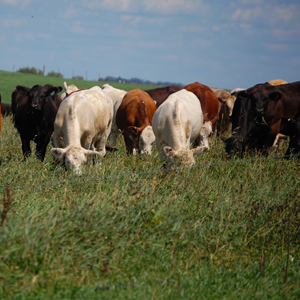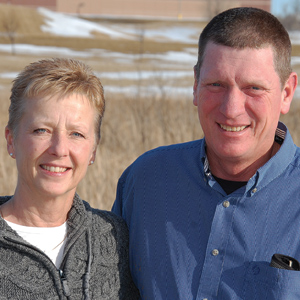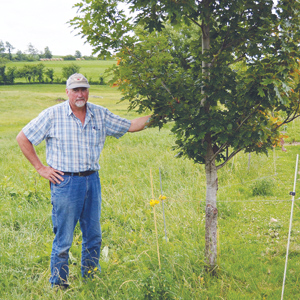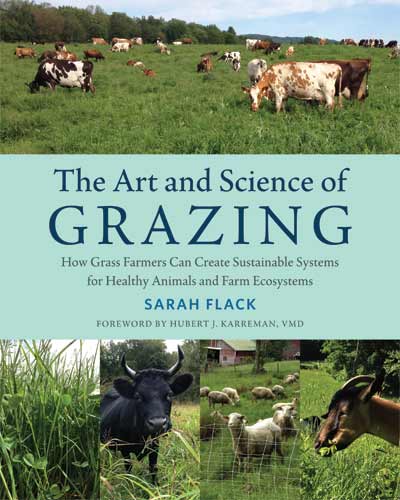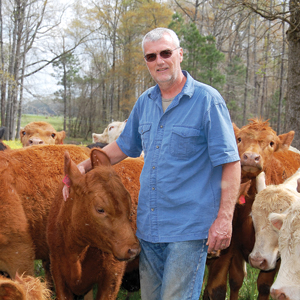Latest research shows that good grazing is good for the planet
By Allen Williams and Russ Conser
Somewhere along the road, cattle got a bad rap. Just when the fear that eating animal fats will kill you appears to be fading, concern is growing that cattle are intrinsically bad for the planet.
So, it’s refreshing to see some countering truth peek through the clouds of fear in a brand new scientific paper from Michigan State University, “Impacts of soil carbon sequestration on life cycle greenhouse gas emissions in Midwestern USA beef finishing systems” (Stanley, et. al., 2018). Continue reading “What to tell environmentalists about cows”

